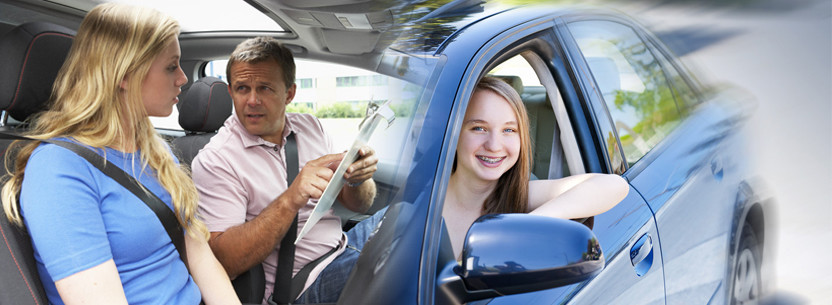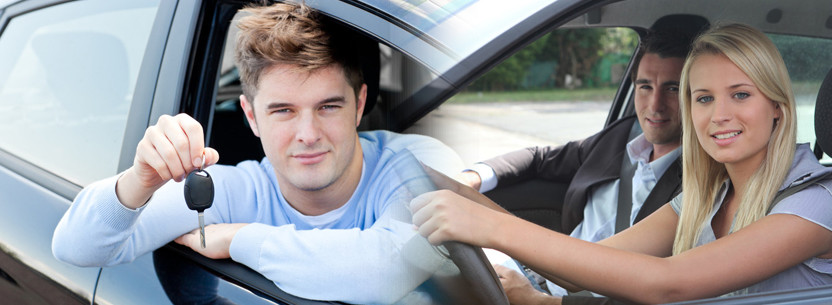10 Winter Car Maintenance and Driving Tips:
1. Check Your Lights
Winter weather can cause limited visibility while driving and lead to accidents. Regularly ensure your indicators, brake lights, front and rear lights are in working condition. Also clean any accumulated ice and road grime on the lenses periodically.
2. Check Tire Pressure
Tire pressure should be checked at least once per month during the winter. Every 5°C change in temperature results in about a 7 kPa (1 psi) change in tire pressure. Properly inflated tires last longer and will improve your car’s fuel efficiency.
3. Keep the Car Clean
Road dirt, snow sludge and salt can cause limited visibility and exterior corrosion. Protect your car’s exterior by visiting the car wash when you start to see a build up of sludge. But be mindful of properly drying the windshield wipers, door/trunk seals and locks to avoid freezing them shut.
4. Don’t Let Your Gas Drop Below Half
Limit condensation from forming on the walls of your gas tank by keeping it at least half full. Cold temperatures can cause condensation. Once that water drips to the the bottom of the tank, it can freeze your gas line and block the flow of gas to the engine.
5. Regularly Top up Your Windshield Washer Fluid
You can quickly go through windshield washer fluid on messy, snowy days. Keep the tank full and have an extra jug on hand in the trunk in case you run out.
6. Keep an Emergency Kit Handy
Be prepared for any emergency in unpredictable weather by keeping a well-stocked winter emergency kit in your car equipped with items like a first aid kit, a flash light, a small shovel or snow brush, and a blanket. Go through your kit regularly and replace any items that are worn or have expired.
7. Avoid the Excessive Warm-Up
The best way to warm up your car’s engine is to drive, gently, at the beginning of your trip. Idling for more than a few minutes is generally unnecessary and wastes gas.
8. Make Sure You Can See: Clear the Snow off Your Car
Take the time to properly clear your car’s windows and lights of snow that may have accumulated. Or, risk getting a ticket. No person shall drive a motor vehicle upon a highway, (a) unless the windshield and the windows on either side of the compartment containing the steering wheel are in such a condition as to afford the driver a clear view to the front and side of the motor vehicle; and (b) unless the rear window is in such a condition as to afford the driver a clear view to the rear of the motor vehicle.”
9. Avoid Using Cruise Control
Never use your cruise control on wet, snowy or icy roads. If you hydroplane or skid, your tires will spin as your car accelerates to maintain its speed, resulting in the potential loss of control.
10. Double the Two-Second Rule
The two-second rule is not an all-season rule. The two-second rule should be doubled during the winter to give you plenty of space between you and the person ahead.
**Information derived from online sources.


